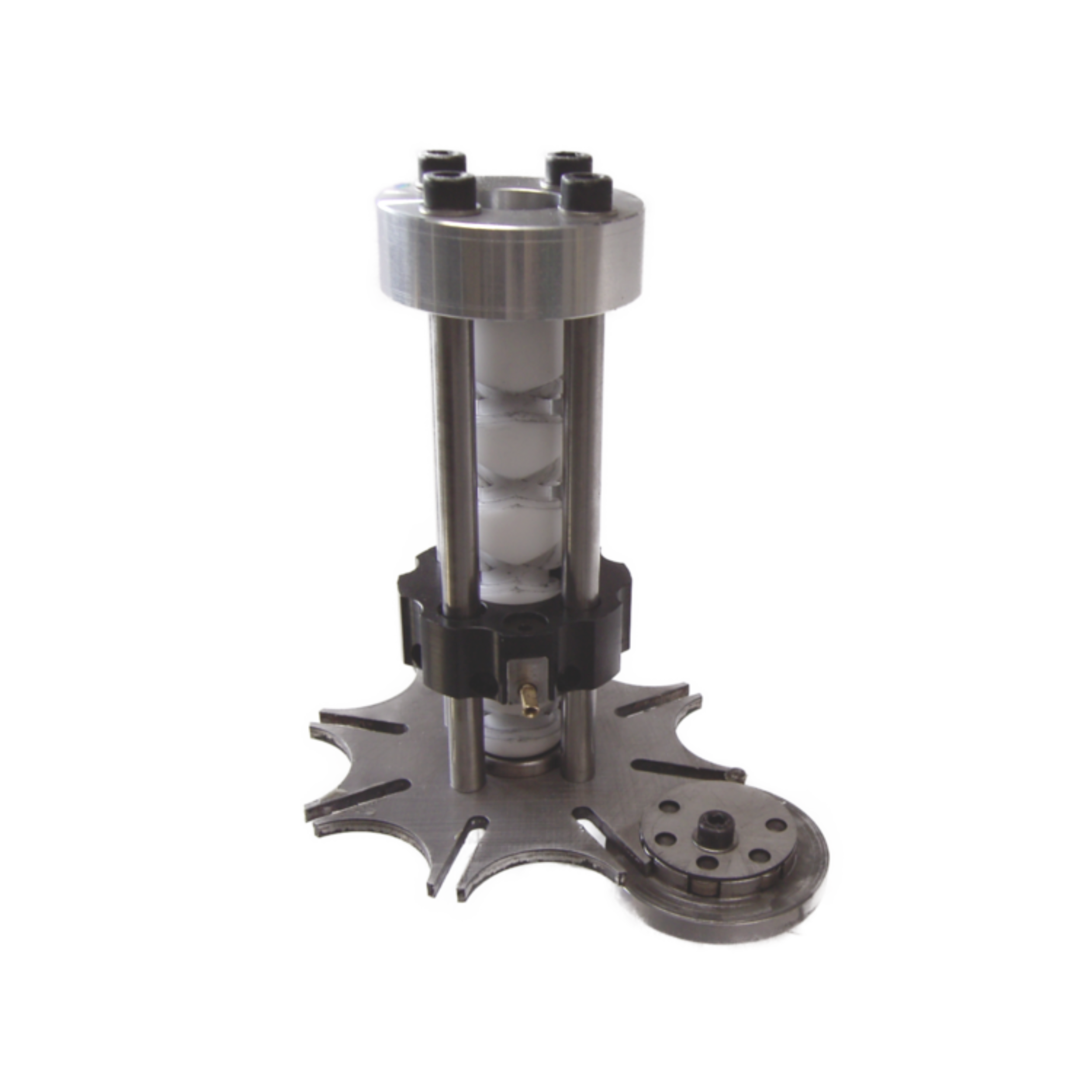Laborautomation
Learn more about Innovateam's solutions in the field of medical technology.
Customer/ Industry
One of our partner companies, with whom we cooperate in mechanical production, receives an enquiry from a medical technology company for the development of a new automatic laboratory machine.
Our partner company passes the enquiry on to us and we finally receive an order for the development of a first assembly (pipetting robot).
Product development
The laboratory automat consists of various functional assemblies. At the start of the project, only the medical-chemical processes are known and the container in which the processes are to take place. This container, called a "well", already exists for test purposes. The task now is to develop solutions and ideas for handling and filling the well.
The functional modules required for this are: a pipetting robot, a multisyringe with stirring system for filling the wells with chemical substances, a bulk material feeder, a transport system for moving the wells, an incubator, and a centrifuge.
The machine consists of different modules. Each module produces a specific sub-step on the product. Our challenge is the output module, i.e. the area where the product comes out of the machine and is passed on to further processing.
The robot picks up the film array and carefully places it in the transport container. He repeats this process until the container is filled with film arrays. Only the good quality film arrays are put down. Defective ones are recognized and sorted out.
The output module recognizes a full container and automatically pushes it against the output on the transport trolley. At the same time, a new container is pushed under the robot. The filling process starts again. In the meantime, the container is supplied on the trolley and a new empty container is made available at the entrance for the next change. Due to the parallel working method, the machine can continue to work continuously without a break in production, thus achieving the required cycle time.
Function
At the beginning of the laboratory automation system, the wells are filled into a bulk material container. The bulk material feeder transfers the wells to the transport system, which cycles the wells and brings them to three 8-fold multisyringes from which substances are added depending on the test. The samples are dosed into the wells by the pipetting robot. The wells are then placed in the incubator where they have to spend a certain amount of time. Finally, they are transferred to the centrifuge from where they are analysed.
Workflow / Skills
Learn more about the skills needed in this project
In a first step, Innovateam creates simple hand sketches and CAD models to visualise the most important functions. These ideas are discussed again and again in the project team and supplemented with new suggestions. In this way, we succeed in developing a common understanding of the functions of the assemblies. The procedure is not linear but is based on the customer's needs. New findings are incorporated and often lead to a new iteration. In parallel, the chemical processes and the consumables required for them are further developed at the customer's site. The development process is therefore closely accompanied by an intensive exchange between us and the customer. New findings and ideas can thus quickly flow into the development of the laboratory automat and vice versa into the development of the consumables.
Parallel to the development of the mechanics, the hardware planning and software programming is carried out by the customer. We coordinate the drive and sensor technology with his project team.
In order to be able to test the function of critical assemblies, prototypes are produced in advance as a proof of principle (PoP), which can be incorporated into the overall concept after passing the tests. For example, the pipette was developed in advance for pipetting handling, a reversing spindle with a Maltese drive for cycling the syringes, the incubator including a transport system and a PoP for separating the wells from the bulk material.
Benefit
The customer can take advantage of our expertise in handling technology, general mechanics and drive technology without having to build up the know-how in-house. He gets a functioning prototype very quickly, with which he can further develop his processes and is on the market with a new device more quickly.


